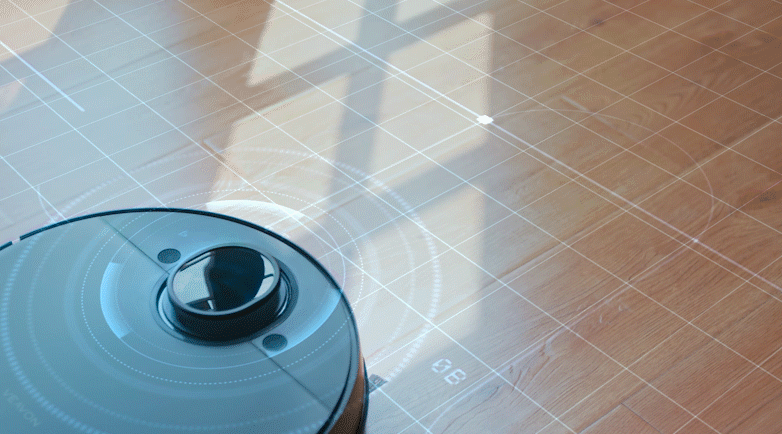The American economy has not yet integrated robotics significantly into its industries, may that be mining, agriculture, or manufacturing industries. Robots for different cleaning purposes like floor or window cleaning will change the industries’ scene replacing costly manual labor with robots.
Robots will prove beneficial for simple works like cleaning, leaving the more complex and thought-intensive tasks for humans to do. Robots will be the future of cleaning. They will be replacing the limited productivity of human labor that involves hanging from dangerous positions or the need for service sheets in the restrooms. More work will be done in less time.
Floor cleaning needs 95 percent of labor cost. With the coming of residential cleaning products like Roomba, there has been an increase in robot cleaner for the floors. There also are more sophisticated robots for maintenance and commercial floor cleaning purposes. Both The Queen Elizabeth II Hospital and the Manchester Airport in the United Kingdom use the Hefter Robot Cleaner, which can clean 200,000 square feet per day in their janitorial departments.
It is a shopping cart-size robot that replies to human obstacles, “Excuse me, I am cleaning,” and steers around. It also uses ultrasonic detectors and laser scanners to identify the barriers and move around them.
The Figla cleaning robot can clean up to 21,500 square feet with a battery that lasts for two hours. And it can clean both indoor and outdoor with the help of its infrared, gyroscopic, ultrasonic, and camera sensors.
Another achievement is the duct cleaning robot. These robots can quickly enter into ducts and clean the debris due to their compact size. Once they enter the ducts, they are remote-controlled by humans. That being said, robots can easily do what humans do in cleaning. Industries may start using more robots and chuck out human hands for cleaning in the near future.

